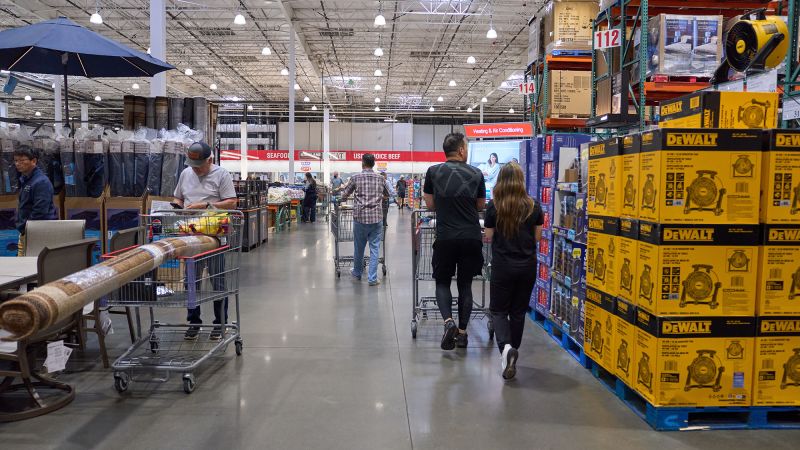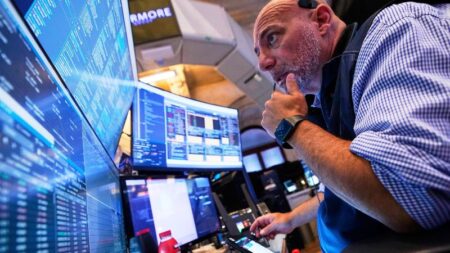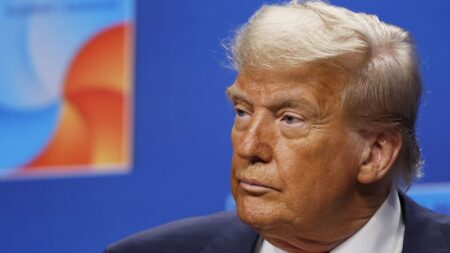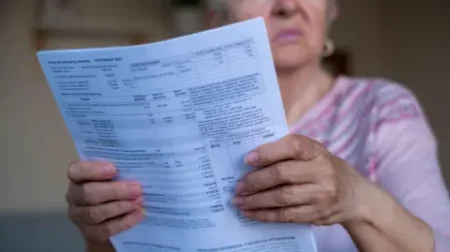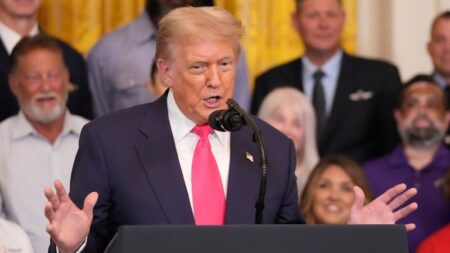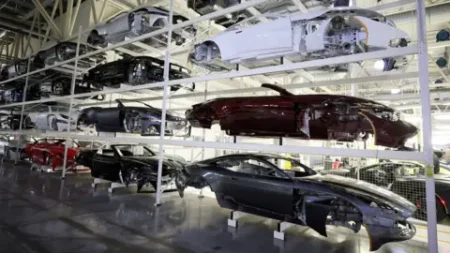In May, a concerning trend emerged within the U.S. economy, as reports indicated that consumer spending saw its first decline since January, a development deemed significant given its impact on the overall economic landscape. The new data released on a Friday by the Commerce Department revealed that consumer expenditure dropped by 0.1% in May, following a modest increase of 0.2% in April. Notably, when adjusted for inflation, the decline was even steeper at 0.3%, a detail that raises alarms among economists.
A primary contributor to this downturn was a steep nearly 50% decrease in motor vehicle sales. This sharp decline can be attributed to a surge in automobile purchases during March and April, as consumers rushed to take advantage of purchasing cars before anticipated tariffs imposed by then-President Donald Trump drove prices up dramatically. However, the drop-off wasn’t limited to vehicle sales; consumers also curtailed their spending on services, including dining at restaurants and staying in hotels, signaling a broader hesitation in discretionary spending.
Economists remain cautious about this drop in consumer spending, given that it constitutes over two-thirds of U.S. economic activity. The palpable concern revolves around the potential erosion of American consumer confidence due to ongoing trade tensions and steep tariffs on imported goods. As highlighted by Sal Guatieri, a senior economist at BMO, households’ reluctance to spend – particularly on services – points to an underlying anxiety exacerbated by the United States’ trade policies.
Accompanying the decline in consumer spending was a slight uptick in inflation. The Personal Consumption Expenditures (PCE) price index rose to 2.3% for the year ending in May, compared to 2.2% in April. On a monthly basis, the index recorded a price rise of 0.1%, maintaining the same rate as the previous month. Despite economists’ predictions that the PCE index would see a marginal rise of 0.1%, their expectations for consumer spending growth were set slightly higher, anticipated at around 0.3%.
Dissecting the inflation statistics further reveals that when volatile items like food and energy are excluded, the core PCE price index increased by 0.2% on a monthly basis, bringing the annual growth rate to 2.7%. While the fluctuations in tariffs have yet to significantly escalate inflation levels as some have anticipated, they are undoubtedly impacting the economy. Various factors contribute to this lag in inflation, including the timing of economic data, modifications in tariff policies, and businesses adjusting by front-loading purchases while attempting to maintain customer loyalty through price discounts.
Amidst these economic shifts, some product categories, particularly home furnishings and toys, are beginning to reflect rising prices. Gregory Daco, the chief economist at EY-Parthenon, emphasized the expectation of more pronounced price shocks in the coming months, signaling a potentially larger impact to follow.
Moreover, personal income saw a drop larger than anticipated, sinking 0.4% as May unfolded. This decrease was heavily influenced by Social Security payments returning to regular levels following substantial retroactive payments processed in earlier months. Despite the recent volatility in income figures, the overarching trend exhibits subdued income growth, with Daco noting that real disposable income currently trends at a mere 1.7% growth rate year-on-year. This scenario foreshadows potential challenges ahead for consumer spending, which might dip from a previously robust annual growth rate of 3% towards a less optimistic 1.5% in the coming months, possibly even falling below 1% by the latter half of 2025.
As consumer spending nears the 1% growth threshold, the risks to the U.S. economy become increasingly pronounced. Daco warns that diminished spending growth heightens vulnerability to various economic shocks—including those related to oil prices, tariffs, interest rates, and stock markets. Such vulnerabilities could ultimately precipitate a significant slowdown or even a recession, presenting a dire outlook for the American economic engine. This complex web of factors underscores the precarious state of consumer confidence and economic stability in the United States.





